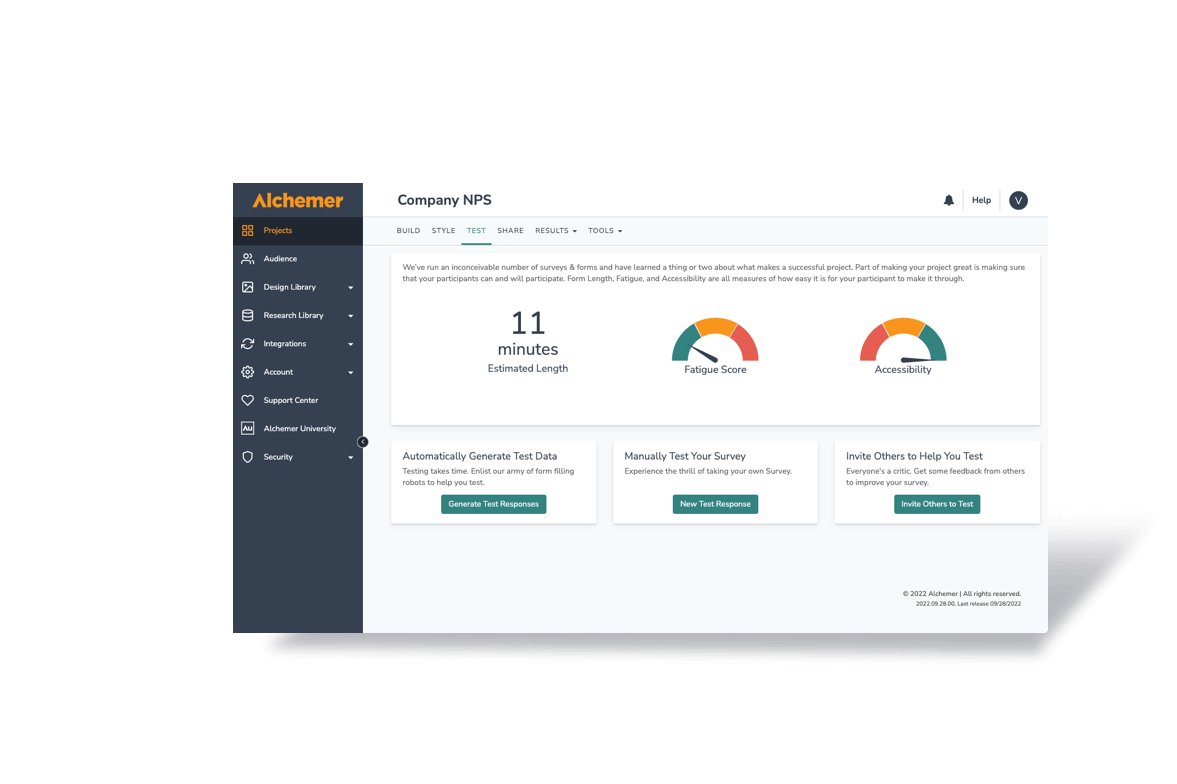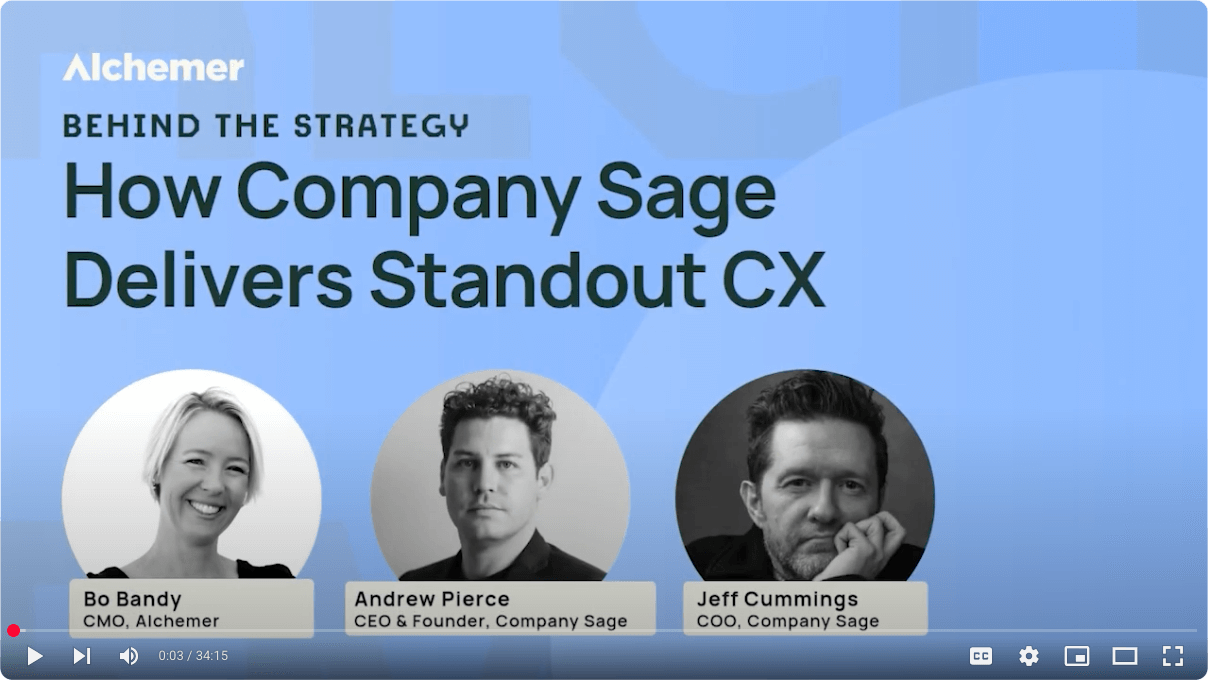For non-profits, every dollar and every decision counts. Maximizing impact while staying within budget requires organizations to listen closely to donors, volunteers, beneficiaries, and community members. The most successful non-profits use feedback to shape their programs, improve operations, and build stronger relationships with each of those critical stakeholder groups.
By adopting a feedback-driven approach, non-profits ensure that their initiatives remain aligned with community needs and donor priorities. Here’s how non-profits use feedback to do more and drive their mission forward:
1. Use feedback to improve program delivery
A non-profit’s programs define its mission and influence its impact. But how do organizations ensure that their services truly meet the needs of the people they aim to serve? The answer lies in continuous feedback:
- Beneficiary Input: Direct feedback from the communities you serve is invaluable. Conducting regular surveys and focus groups helps identify gaps in services and ensures programs remain relevant and effective.
- Volunteer Insights: Volunteers are often on the front lines of service delivery. Their experiences provide important perspectives on how programs can be improved.
- Donor Expectations: Understanding what motivates donors to give can help tailor fundraising campaigns and ensure transparency in impact reporting.
- Enhance Digital Experience: Gathering feedback on digital interactions allows non-profits to improve their websites, apps, and online donation processes, ensuring a seamless experience.
2. Use feedback to improve operations
With potentially limited resources, non-profits must find ways to streamline operations without sacrificing service quality. One of the best ways to achieve this is by leveraging automation and internal feedback:
- Automated Surveys and Data Collection: Using automated tools to gather feedback from beneficiaries, volunteers, and donors saves time and ensures a steady flow of input.
- Optimize Volunteer Coordination: Feedback often reveals pain points in the volunteer experience, helping non-profits improve scheduling, training, and engagement efforts.
3. Strengthen donor and community trust
Trust and transparency are critical for non-profits. By regularly engaging with donors and the community, organizations build long-lasting relationships and encourage ongoing support. Non-profits also handle sensitive donor, volunteer, and beneficiary information, making data security and compliance with privacy regulations crucial for maintaining trust.
- Improve Fundraising Strategies: Understanding donor preferences through surveys helps tailor fundraising campaigns, leading to better participation and support.
- Ensure Compliance and Data Security: Use a secure feedback platforms that meets industry standards to ensure anonymity when promised, and maintain transparency about how collected data will be used.
4. Use feedback to tell your story
Many non-profits use feedback not just to improve operations but also to share powerful stories. Collecting testimonials from beneficiaries and volunteers allows organizations to create compelling narratives that inspire donors and supporters. A well-told impact story, backed by real feedback, can drive more engagement and financial contributions.
- Highlight Real Experiences: Collect direct quotes and testimonials from beneficiaries to illustrate the real-world impact of your programs.
- Use Data to Support Stories: Combine emotional storytelling with data-driven insights to build credibility and demonstrate measurable outcomes.
5. Make Feedback Collection a Continuous Process
One-time feedback collection is helpful, but the best non-profits build ongoing feedback loops into their operations. This means regularly checking in with stakeholders, identifying patterns in responses, and making iterative improvements based on real data.
- Use Multiple Channels: Make it easy for stakeholders to provide feedback through surveys (sent via email or SMS), focus groups, social media, and one-on-one conversations.
- Act on Feedback Quickly: When people see their input leads to real changes, they are more likely to continue engaging.
- Measure and Report Progress: Track feedback trends over time and share the improvements made based on stakeholder input. After making improvements or changes, close-the-loop with respondents who helped make those improvements possible.
What to look for in your feedback platform
The success of the five strategies above depends on choosing the right feedback platform. When selecting a feedback platform for your non-profit, it’s important to choose a tool that is user-friendly, adaptable, and capable of delivering actionable insights. Here’s what to look for:
- Easy Survey Creation and Customization: The right platform lets you create branded, customized surveys quickly and easily. With Alchemer, you can design surveys without any technical expertise and get help from experts when needed to analyze results.
- Diverse Question Types: Look for a platform that offers a variety of question types to collect richer data. Alchemer, for instance, provides over 40 options, including Likert scales, Net Promoter Scores® (NPS®), and the ability to collect files and images, helping you gather both quantitative and qualitative feedback.
- Personalization for Specific Audiences: Personalizing surveys ensures you engage each audience in a meaningful way. Features like multilingual surveys, pre-populated answers, anonymous responses, and survey logic create a more relevant experience for every respondent.
- Integrations: Choose a platform that integrates easily with your existing tools, such as donor management systems, CRM platforms, or project management software. Alchemer offers numerous pre-built integrations helping you connect feedback data with your current systems for seamless analysis.
- Data Security: Non-profits often handle sensitive information, so selecting a platform that complies with industry standards such as HIPAA is crucial. Platforms that hold ISO 27001 and SOC2 Type 2 certifications keep your feedback data secure and confidential.
Conclusion
By consistently gathering feedback from staff, volunteers, donors, and communities, non-profit organizations can pinpoint areas for growth and make informed decisions that drive greater impact.
From donor engagement to volunteer satisfaction, community involvement, and program effectiveness, Alchemer provides the tools you need to ensure your non-profit thrives. With decades of experience supporting organizations like yours, we’re here to help you make a lasting difference.
Learn more about how we can support your mission by visiting our non-profit solutions page.




